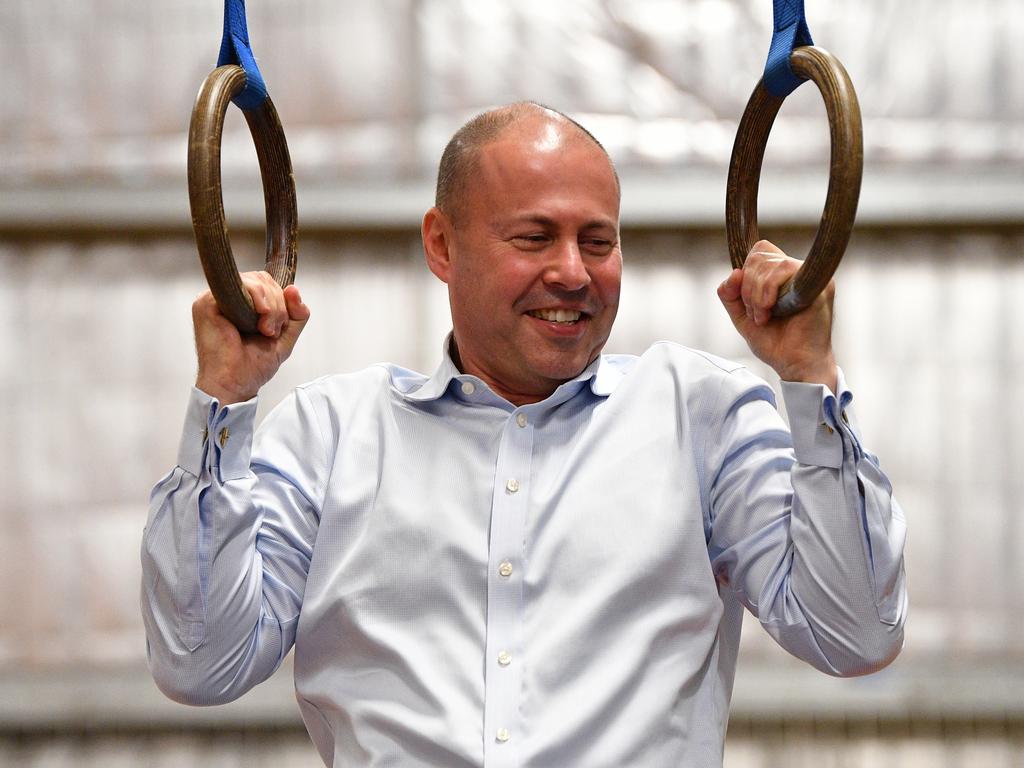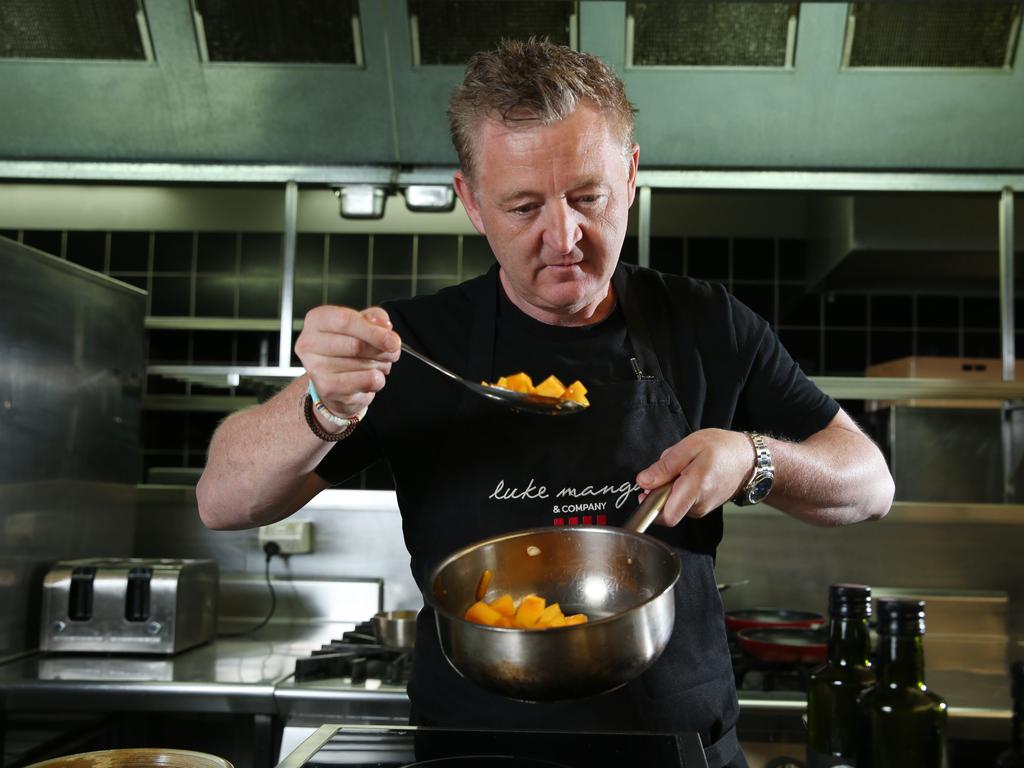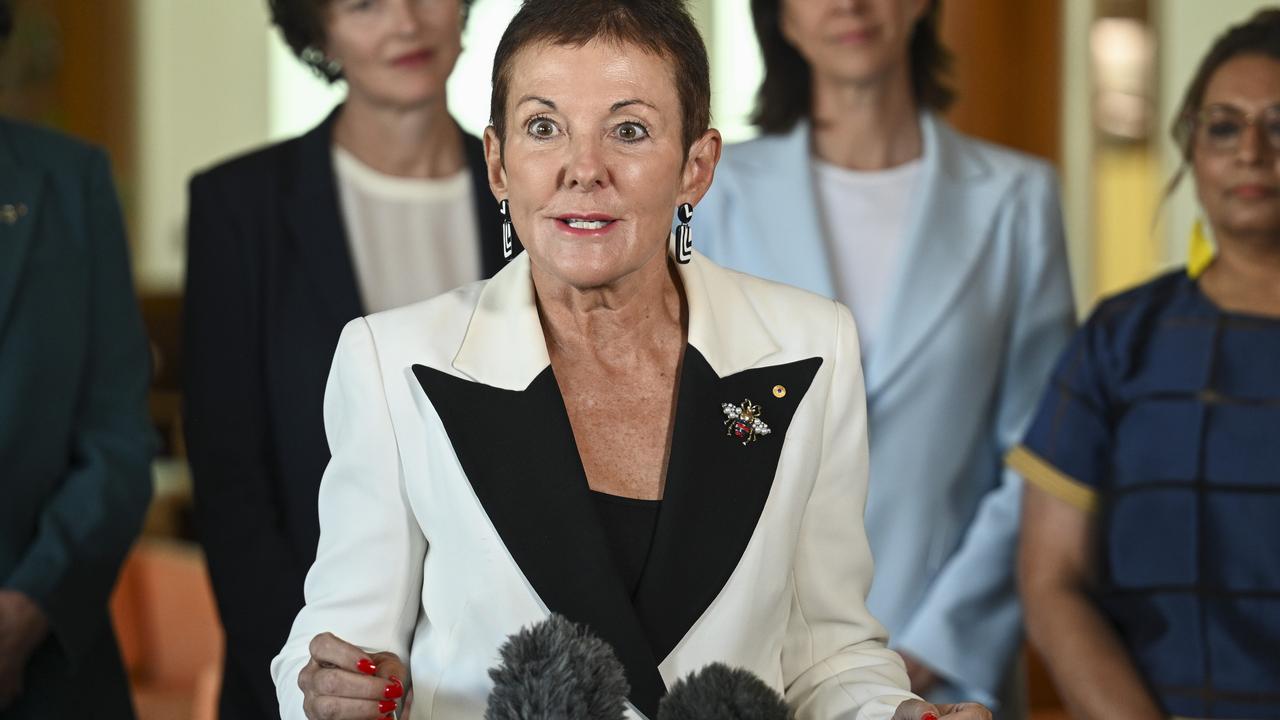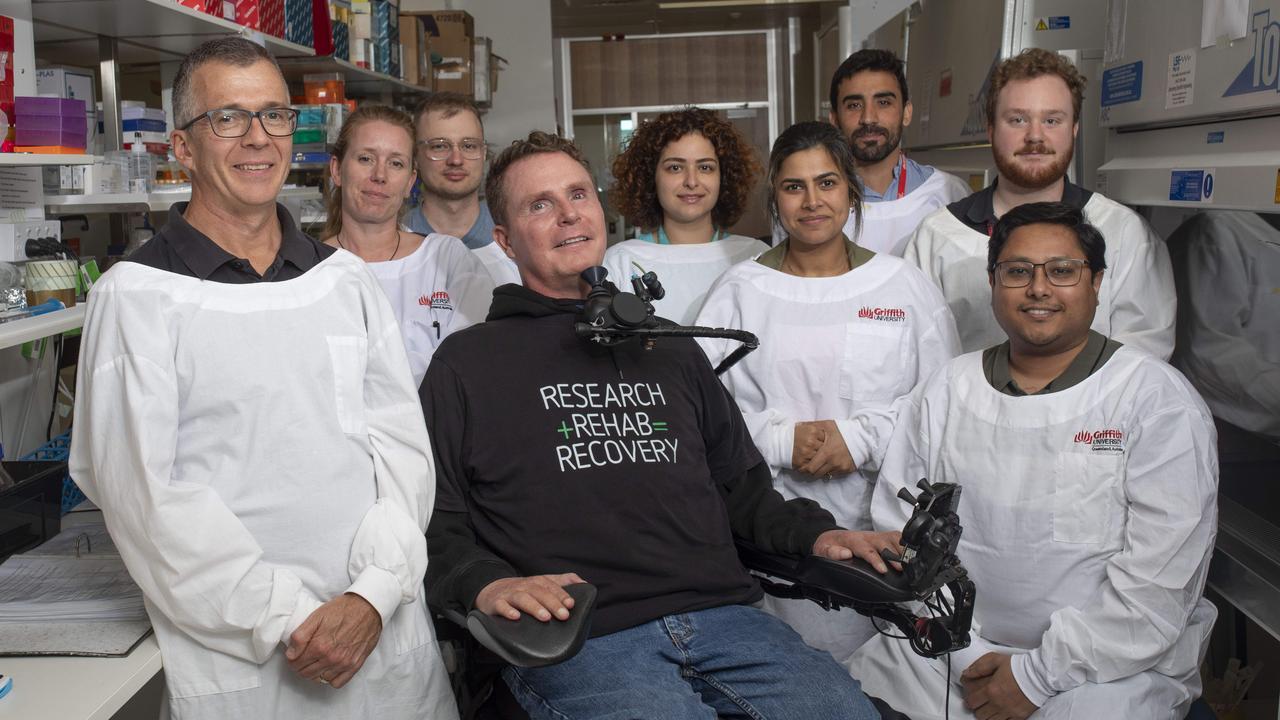Federal election 2022: Employers demand Labor and Coalition reveal plan to fight inflation
Business leaders want the Coalition and Labor to outline reforms before the election to shore up the nation’s defences against a downturn.
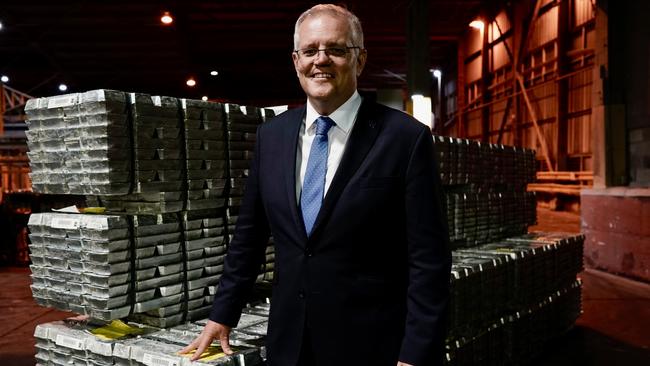
Business leaders have called on the Coalition and Labor to outline more detailed economic reforms before the May 21 election to shore up the nation’s defences against the risk of a downturn as the Reserve Bank prepares to lift rates to tame inflation.
As Scott Morrison played up the impact of the government’s $8.6bn cost-of-living package, arguing strong economic management had provided a shield for households against rising prices, Labor attacked the government for failing to lift real wages.
The Prime Minister said Australians were still “feeling the effects of the rather extraordinary economic times that we are living in” but argued the Coalition had “provided more of a shield against those pressures (than) in other advanced economies.”
Opposition Treasury spokesman Jim Chalmers said “the defining challenges” in the economy were inflation and falling real wages “and not having an economic dividend from the trillion dollars in debt that this government has racked up”.
Further evidence of price pressures emerged on Thursday with the Australian Energy Market Operator reporting wholesale electricity spot prices surged 67 per cent in the first three months of the year, driven by rising fuel costs.
Coles reported its prices had risen 3.3 per cent in the first quarter. The supermarket giant’s chief executive Steven Cain revealed he was facing pressure from suppliers to approve price increases but vowed he would not “wave everything through’’.
A new Australian Bureau of Statistics survey revealed nearly 60 per cent of all businesses experienced increases in the cost of doing business over the three months to April.
Almost a quarter reported costs had increased to “a great extent” and one in five was suffering staffing shortages.
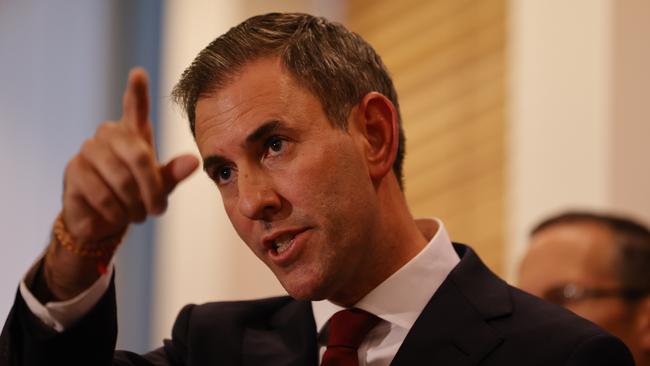
A day after official data revealed inflation running at its fastest pace in over two decades at 5.1 per cent, Ai Group chief executive Innes Willox said the business community had long accepted rate rises were inevitable.
Mr Willox said that if the US Federal Reserve continued to push rates aggressively higher, it would “really put the handbrake on the global economy”.
“You’ve got to think we are in line for a clear economic downturn – a significant slowing, if not outright contraction – in the next 12 to 18 months,” Mr Willox said.
He prescribed a series of urgent policy solutions, arguing that the RBA could not fix labour shortages, skills shortages and the supply-chain constraints that all businesses were facing.
“First we have to open ourselves up further to skilled migration,” he said.
“We’ve got to upskill our workforce and be smart with our infrastructure. “
As Westpac became the third of the big four banks to predict rates would lift from a record low of 0.1 per cent on Tuesday, Australia’s longest-serving treasurer Peter Costello criticised the RBA for being “out of touch” in its failure to move more swiftly.
“The housewives of Australia had a better grip on inflation than the Reserve Bank board,” said Mr Costello, chairman of Nine Entertainment.
“They were in the supermarket watching food prices go up, and they had a much better grip on what was happening than the bank, which had convinced itself that inflation was going to be low and it was all supply-side problems. They have been behind the curve and they have been caught out.”
Mr Costello said RBA governor Philip Lowe’s decision to chase full employment in a high inflationary environment could come with consequences down the road.
“The later you move (on rates), the further you will have to move. You leave it later, then the adjustment has got to be greater,” he said. “Ultimately you risk a downturn. To be clear, I’m not calling a downturn. But if you chase a low (unemployment) figure now, in a high inflationary environment you risk a higher unemployment figure in the medium and longer term.”
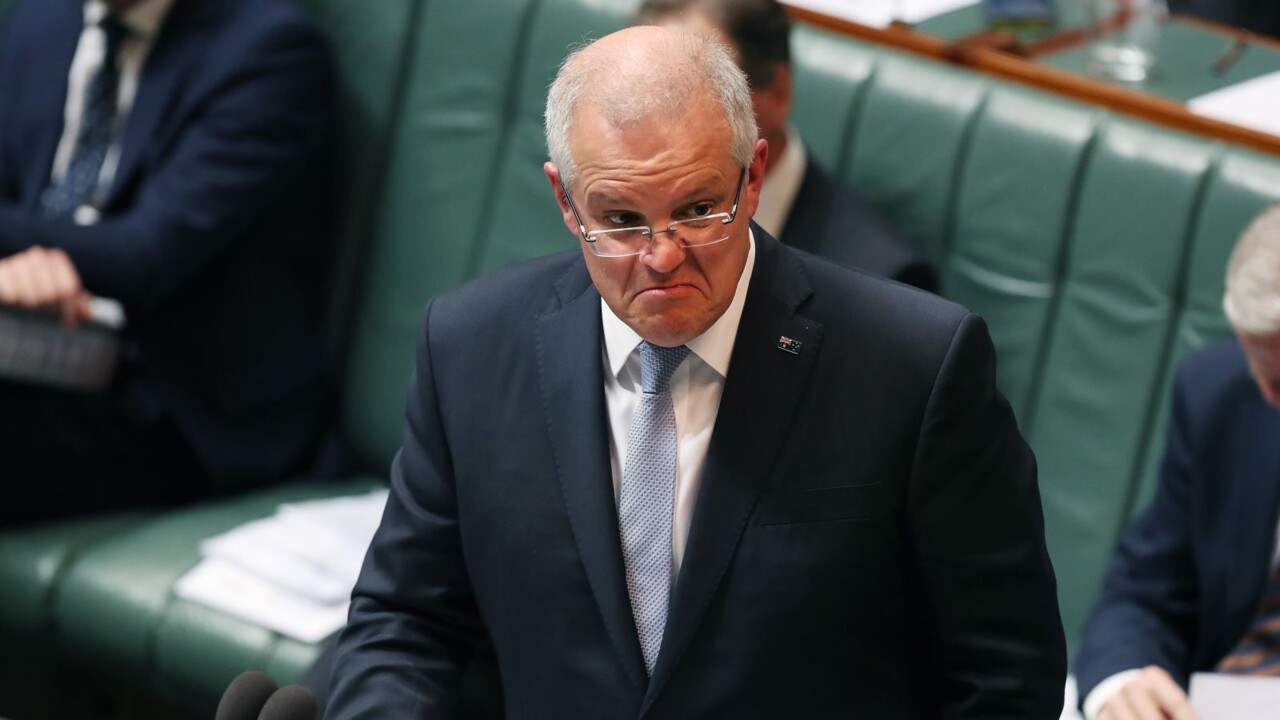
Josh Frydenberg said high inflation was being “driven by international factors”, not least “the single biggest increase in fuel costs since Iraq’s invasion of Kuwait back in 1990, more than 30 years ago”.
“Everything that we’re doing in the budget is designed to grow our economy, to create more jobs and to put more money into people’s pockets,” the Treasurer said.
A day after revealing Labor’s economic plan, Dr Chalmers recommitted to handing down a second budget this year if his party won the election.
“Our plan is all about growing the economy without adding to inflationary pressures,” Dr Chalmers said. “It‘s about making life easier for working families, in particular. It’s about ensuring that we can grow the economy the right way.”
Deloitte Access Economics lead partner Pradeep Philip said the nation’s inflation problem was being driven by the supply side, “not necessarily by rampant demand”.
“Businesses are facing labour constraints, the cost of funds (borrowing) is set to rise, and the economy needs supply expansion to drive growth,” Mr Philip said.
“This is pressure not just on the Reserve Bank but also on the fiscal stance. We have to be really cautious about stimulating an economy where demand is OK. The risk of continued fiscal stimulus which isn’t designed to build capacity in the economy risks adding fuel to inflation and interest rates.”
GSFM investment strategist Stephen Miller – a 40-year veteran of financial markets – said the outbreak of inflation in Europe and the United States had forced both countries’ central banks “to confront a ‘least bad’ approach”.
More Coverage
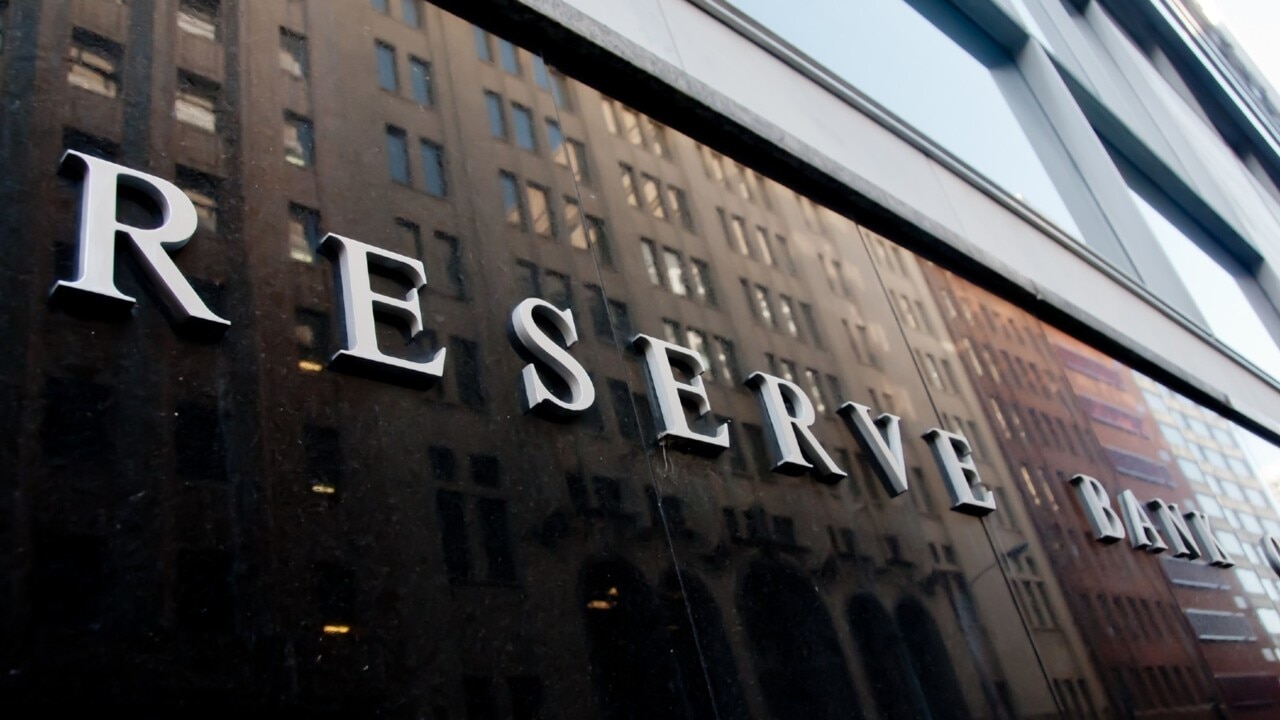
Read related topics:Scott Morrison




